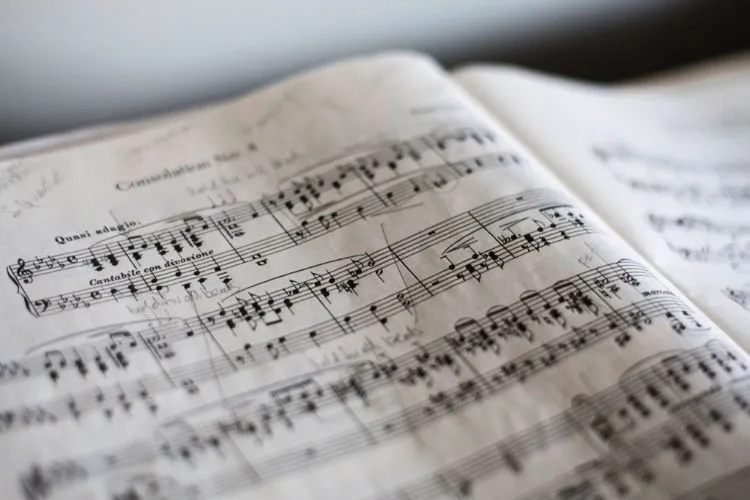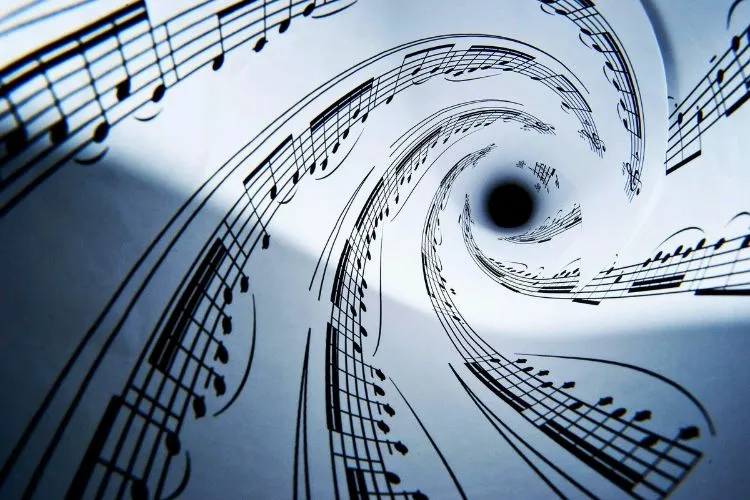Rallentando is a powerful tool in music that guides both performers and listeners into a space of expressive slowing. But what does it truly mean, and how is it different from similar tempo changes?
This article delves into the essence of rallentando, exploring its defining characteristics, how it compares to other tempo terms, its historical roots, and the techniques involved in performing it.
Whether you’re a musician or a curious listener, this journey into rallentando aims to deepen your appreciation and understanding of musical expression.

Contents
- 1 🎶Understanding Rallentando
- 2 🎶What Does Rallentando Mean in Music?
- 3 🎶How to Execute Rallentando?
- 4 🎶Rallentando vs Ritardando
- 5 🎶Pro Tips for Musicians
- 6 🎶Historical Evolution of Rallentando
- 7 🎶The Psychological Effect of Rallentando on Listeners
- 8 🎶Case Studies: Iconic Uses of Rallentando
- 9 🎶Frequently Asked Questions (FAQs)
🎶Understanding Rallentando
Rallentando, often abbreviated as rall., commands musicians to gradually decrease the tempo, thereby expanding the expressive potential of a piece.

Unlike ritardando (rit.) which focuses solely on slowing down, rallentando introduces a broader deceleration, often implying a more textured diminishment in pace that can add significant emotional weight.
The term finds its roots in the Italian language, closely associated with “rallentare” which means “to slow down.” This etymological insight unveils the term’s inherent purpose within musical scores – to guide musicians in altering pace for dramatic effect.
🎶What Does Rallentando Mean in Music?
Rallentando serves as a powerful tool within a composer’s armory, enabling the manipulation of tempo to convey varied emotional landscapes.
It can signify the end of a musical phrase, highlight a section of importance, or simply allow the music to breathe, thus offering listeners a moment of reflection.
The emotional impact of rallentando cannot be overstated. By slowing the music, composers inject a sense of anticipation, suspense, or resolution, directly affecting the listener’s emotional journey.
Various musical genres leverage rallentando to evoke distinct feelings, from the stirring climaxes of classical symphonies to the expressive finales of modern ballads.
🎶How to Execute Rallentando?
For musicians, mastering rallentando involves a delicate balance between technical skill and emotional intuition.
The key lies in the gradual nature of the tempo’s decrease. Musicians must ensure the music’s flow remains unbroken, sustaining musicality even as the pace wanes.

Composers play a pivotal role in this process by precisely notating the desired rallentando effect. Through symbols and annotations, they communicate when and how the tempo should diminish, guiding performers in their interpretation.
Understanding the context within which rallentando is employed is crucial for both composers and performers, as its impact varies significantly across musical pieces.
🎶Rallentando vs Ritardando
While rallentando and ritardando both involve slowing the music, they differ subtly in application and effect.
Ritardando focuses on a more immediate slowing of tempo and is often used for shorter, more defined sections. Rallentando, by contrast, suggests a broader, more expansive deceleration.
The distinction might seem minimal, but in practice, it profoundly influences a composition’s emotional landscape. Classical compositions, in particular, often distinguish between the two to achieve specific expressive outcomes.
🎶Pro Tips for Musicians
Achieving a nuanced rallentando takes practice and a deep understanding of the piece at hand. Musicians are encouraged to experiment with different degrees of rallentando, finding the balance that best serves the music’s emotional intent.
Applying rallentando across various musical styles requires flexibility – the expressive needs of a jazz piece differ markedly from those of a classical symphony.
Professional musicians often emphasize the importance of listening – to recordings, live performances, and oneself – to understand how rallentando can shape a piece’s narrative flow.
Such attentiveness to detail fosters a deeper connection to the music and enhances the performer’s expressive capabilities.
🎶Historical Evolution of Rallentando
The concept of rallentando has a storied past, tracing its lineage through the annals of music history. In the Baroque era, tempo fluctuations were often left to the performer’s discretion, with rallentando used sparingly.

The Classical period saw it more defined, with composers like Mozart and Haydn using it for graceful conclusions. The Romantic era heralded the liberal use of rallentando, as emotional expression became paramount—composers like Chopin and Wagner employed it to evoke intense pathos.
Today, rallentando remains a dynamic tool, utilized across diverse genres to convey a spectrum of emotions, adapting seamlessly to the evolving landscape of music.
🎶The Psychological Effect of Rallentando on Listeners
Rallentando holds the power to significantly alter a listener’s experience of music. By gradually decelerating the tempo, it commands attention, drawing the listener into a deeper state of introspection or expectancy.

This stretching of pace can make moments seem suspended in time, enhancing the emotional resonance of a piece.
Whether it imparts a sense of calm, a poignant melancholy, or a dramatic tension before a resolution, rallentando manipulates time perception, leading to a more profound emotional response.
This temporal dilation invites a reflective space within a performance, creating a shared, intimate experience between the music and the listener.
🎶Case Studies: Iconic Uses of Rallentando
One quintessential example is the end of Chopin’s Prelude in E minor, Op. 28, No. 4, where a rallentando pulls the listener into its haunting conclusion, heightening the piece’s emotional depth.
In Beethoven’s Symphony No. 7, the Allegretto movement utilizes rallentando to transition between themes, showcasing its power to weave intricate emotional narratives.
Tchaikovsky’s “Pathétique” Symphony, particularly in the final movement, employs rallentando to create a profound sense of finality and despair, leading the listener through a heart-wrenching journey that lingers long after the performance ends. T
hese instances from musical literature underscore rallentando’s ability to shape a piece’s emotional landscape, transforming music into a resonant, deeply felt experience.
🎶Frequently Asked Questions (FAQs)
Rallentando translates to “slowing down” in Italian, mirroring its musical application of gradually decreasing tempo.
Conductors use broader, more sweeping gestures to indicate rallentando, visually guiding the orchestra through the tempo change.
While prevalent in classical music, rallentando finds application across genres, adding emotional depth wherever tempo variation is needed.
Yes, rallentando can extend a piece’s duration, though its primary function is expressive rather than temporal alteration.
Rallentando signifies a gradual, often expressive slowdown, whereas a general tempo decrease may be immediate and not necessarily convey an emotional shift.
Conclusion
Rallentando transcends mere tempo alteration, embodying a profound expressive device in a composer’s toolkit. Its nuanced application across musical genres testifies to its potency in shaping the emotional arc of a piece.
For performers and composers alike, mastering rallentando’s subtle art offers a pathway to deeper musical expression, inviting listeners into the rich emotional landscapes crafted within scores.
As we continue to explore and appreciate the myriad ways music connects with us emotionally, rallentando stands as a testament to the intricacy and depth of musical language.
